Discover essential details about the exchange’s reliability, trading fees, and withdrawal terms.
All Reviews
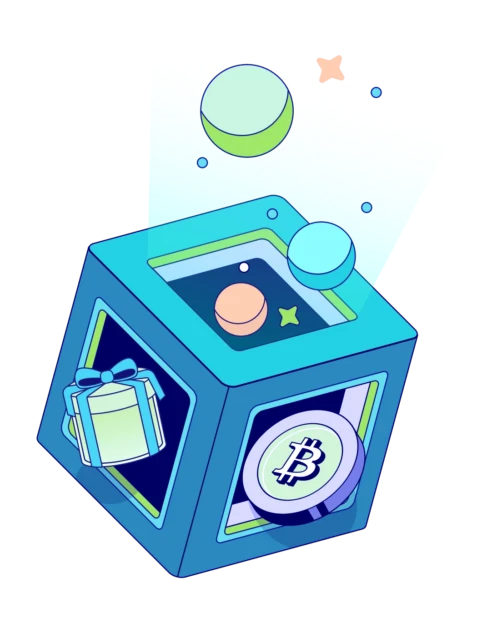

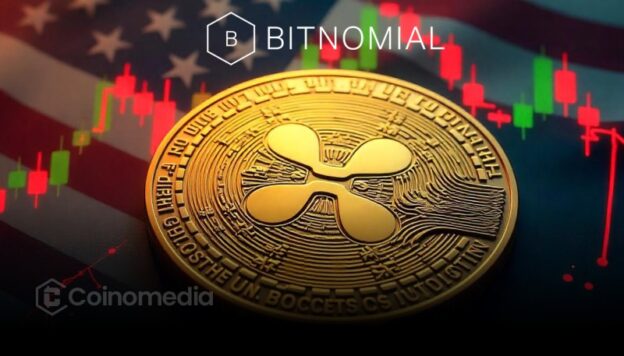
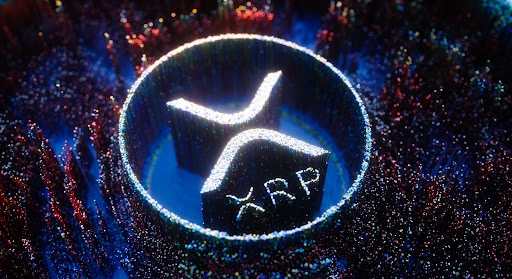
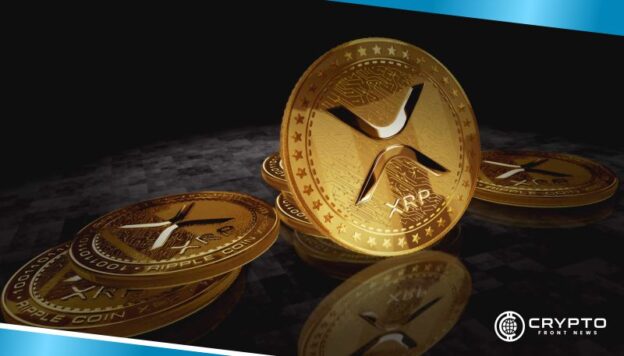



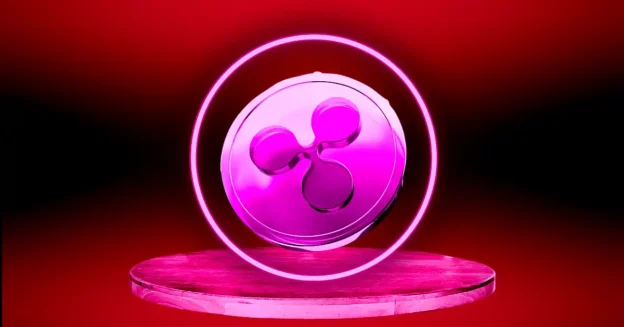
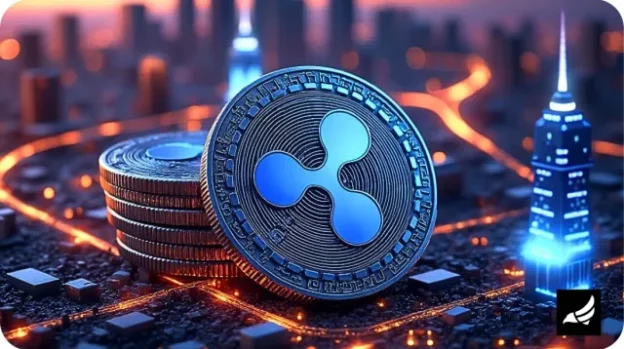
Every trader entering the world of cryptocurrency faces one important question: which coin is worth their investment? With so many digital assets available to UK traders, it can be tough to separate the promising ones from the overhyped. This is where understanding XRP comes in. XRP offers unique advantages with its focus on fast, low-cost cross-border payments, making it a standout option for traders and institutions alike.
When exploring cryptocurrency opportunities, most UK traders turn to reliable sources to learn about XRP. These resources highlight critical details, such as XRP’s role in global finance, its transaction speed, and its ties to Ripple Labs. For example, a quality overview of XRP will cover everything from its use in banking to its scalability and low fees. Researching XRP thoroughly before investing ensures you make an informed decision and avoid missing out on its potential. This knowledge combines expert insights with real-world applications to help you decide if XRP fits your trading goals.
High-quality information about XRP, like that from trusted crypto platforms, is incredibly valuable. This information often comes from experts who analyze XRP’s technology and market performance. They explore key factors such as transaction security, network efficiency, and its real-world utility. With a solid understanding of XRP, you can confidently navigate its opportunities and risks. A great breakdown of XRP focuses on crucial elements like its decentralized ledger, which powers lightning-fast transfers. For UK traders, XRP’s partnerships with financial institutions and its low-cost structure are essential. Trusted analyses also highlight its security features, ensuring the XRP Ledger uses robust protocols to protect transactions. Additionally, XRP’s fixed supply and escrow system offer predictability, making it an appealing choice for traders seeking stability and efficiency. By digging into XRP’s details, you save time and position yourself for smarter investments.
When faced with countless cryptocurrencies, knowing how to assess XRP effectively can make a huge difference. Here are some key factors to focus on: Purpose and Utility Always explore how XRP is used as a bridge currency for international payments, offering a practical solution for banks and traders alike. Its real-world adoption drives its value. Transaction Costs
XRP boasts some of the lowest fees in the crypto space, often just a fraction of a penny per transaction. Evaluate how this cost-efficiency aligns with your trading strategy. Speed and Scalability
Check XRP’s ability to settle transactions in 3-5 seconds, far outpacing many other cryptocurrencies. This speed makes it ideal for high-frequency trading or time-sensitive transfers. Market Availability
XRP is widely available on exchanges like Binance, Coinbase, and Kraken. Confirm its accessibility and liquidity to keep your portfolio flexible. Regulatory Clarity
Top resources will clarify XRP’s legal standing, such as the 2023 U.S. ruling that it’s not a security for public sales. Regulatory developments can impact its future in the UK. Community and Support
XRP has a strong community and backing from Ripple Labs. Look into how active its ecosystem is and the support available for new traders.
Why Researching XRP in the UK is Essential
Digging into XRP before you invest can drastically improve your crypto trading experience.
Without this step, you risk overlooking its unique benefits or misjudging its volatility in an unpredictable market.
Time-Saving A detailed analysis of XRP provides all the insights you need in one place, saving you the hassle of piecing together scattered information. Avoiding Missteps Some cryptocurrencies lack utility or staying power. Researching XRP helps you avoid overhyped coins by focusing on its proven use case. Maximizing Efficiency Understanding XRP’s low fees and high speed ensures you optimize your trades, boosting profitability and reducing costs. Making Informed Decisions Research blends expert perspectives with practical data, giving you a clear picture of XRP’s potential before you commit your funds.
XRP is a digital cryptocurrency created by Ripple Labs, designed to facilitate fast and low-cost cross-border payments.
XRP was created by Ripple Labs, founded by Chris Larsen and Jed McCaleb, with its origins dating back to 2012.
XRP aims to serve as a bridge currency for international money transfers, enabling quick and efficient transactions between banks and financial institutions.
Unlike Bitcoin, which is decentralized and mined, XRP is pre-mined and controlled by Ripple Labs, focusing on speed and scalability rather than decentralization.
XRP operates on the XRP Ledger, which is decentralized, but Ripple Labs holds significant influence over its development and a large portion of XRP supply.
The XRP Ledger is an open-source, decentralized blockchain technology that powers XRP transactions, known for its speed and low energy consumption.
XRP transactions typically settle in 3-5 seconds, making it one of the fastest cryptocurrencies available.
XRP transaction fees are extremely low, often costing a fraction of a cent, depending on network demand.
No, XRP cannot be mined. All 100 billion XRP tokens were pre-mined at launch, with Ripple Labs managing their release.
XRP has a fixed total supply of 100 billion tokens, with no additional coins created after its inception.
A centralized exchange (CEX) like Binance or Coinbase is managed by a company, offering user-friendly interfaces, fiat support, and customer service, but it holds your funds. A decentralized exchange (DEX) like Uniswap operates on blockchain, giving you full control over your assets via a wallet, though it may lack fiat options and be trickier for beginners.
XRP is used by financial institutions as a liquidity tool to settle cross-border payments quickly, reducing the need for pre-funded accounts.
This has been a debated topic. In 2023, a U.S. court ruled that XRP is not a security when sold to the public, though its status with institutional sales remains complex.
XRP can be purchased on major cryptocurrency exchanges like Binance, Coinbase, Kraken, and Bitstamp, depending on your region.
XRP can be stored in wallets like Xumm, Ledger Nano (hardware), or software wallets that support the XRP Ledger.
Ripple Labs develops XRP and uses it in its payment solutions, but the XRP Ledger is independent and can operate without Ripple’s involvement.
XRP derives value from its utility in facilitating fast, low-cost transactions and its adoption by financial institutions.
Ripple locks a portion of its XRP in escrow, releasing 1 billion tokens monthly to manage supply and prevent market flooding.
While possible, XRP is primarily designed for institutional use, though some merchants and platforms accept it for payments.
XRP’s future depends on its adoption by banks, regulatory clarity, and Ripple’s ongoing development, with potential for growth in the global payments sector.